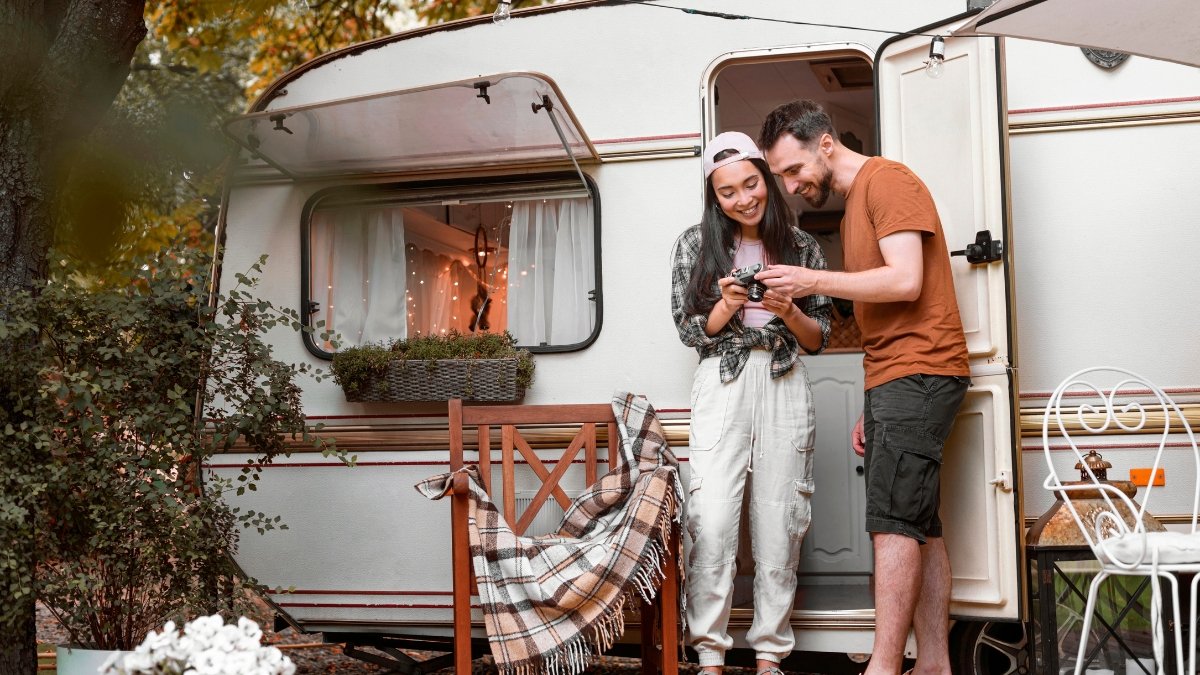The Instagram photos made it look outstanding: sunrise coffee, mountain views, endless freedom. But here they were, six months later, posting their $80,000 converted van for sale.
Maybe you’re thinking about buying a van. Or maybe you already have one and things aren’t going as planned. They thought they had it all figured out. They bought the “perfect” van and followed every van life blog. They were ready for the adventure of a lifetime.
But they weren’t ready for the reality.
Here’s what happens when you spend big money on van life: the expensive van life mistakes they made, the hidden costs that crushed their budget, and the van life reality check that could save them thousands.
This isn’t about slamming van life. But if you’re thinking about spending serious money on a van, you need to read this first.
Expensive Van Life Mistakes: $80K Lesson Learned

The $80K Dream Van That Became a Nightmare
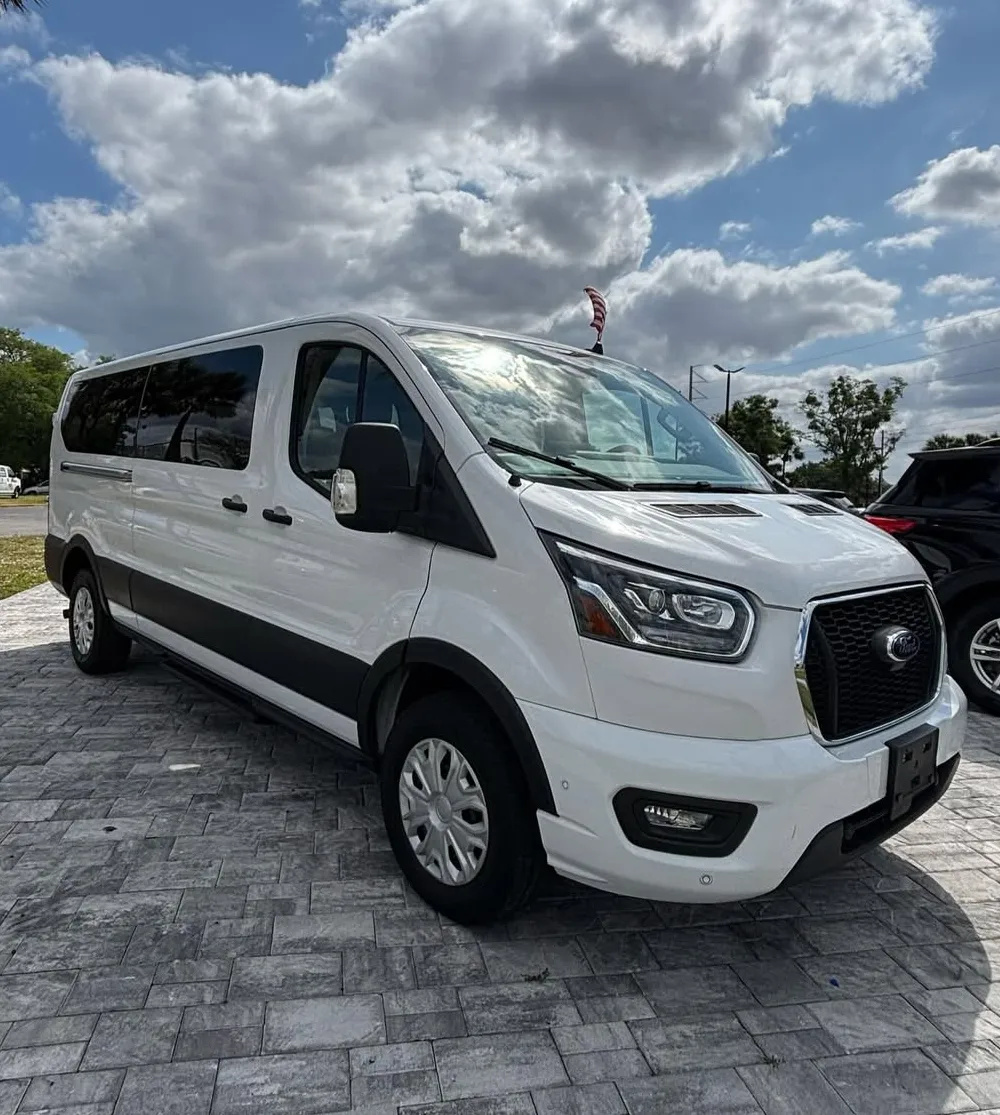
They saw it at the dealership and instantly fell in love. A 2023 Ford Transit 350, high roof, extended wheelbase. The perfect blank canvas for their dream home on wheels. The van itself cost $48,000. It was not cheap, but they told themselves it was an investment. Then came the conversion costs.
Here’s where their $80,000 went:
- Base van: $48,000
- Professional conversion: $25,000
- Extra gear (solar, awning, bike rack): $4,500
- Taxes and fees: $2,500
They went with a professional conversion company because they wanted it done right. There were no leaks, no electrical fires, no amateur mistakes. The company showed them beautiful photos of their work. Clean lines, modern finishes, everything they dreamed of.
The first red flag was that the company quoted them $18,000 for the conversion. By the time they picked up the van, the bill was $25,000. “Unexpected complications,” the company said. The electrical system needed more work. The plumbing required custom fittings.
They should have walked away. But they’d already put down $10,000 and waited three months. This is what experts call the “sunk cost fallacy”: throwing good money after bad because you’ve already invested so much.
The second red flag hit them during pickup. The van looked amazing in photos, but up close, they spotted problems. Cabinet doors that didn’t align properly. Electrical outlets that sparked. A water system that leaked onto the floor within the first week.
Van conversion costs in 2024 average:
- DIY conversions: $10,000 – $50,000
- Professional conversions: $25,000 – $100,000+
They learned the hard way that expensive doesn’t always mean better. Their $80,000 van had the same problems as cheaper builds. Worse, they couldn’t fix them themselves because they didn’t understand the systems.
The painful truth is that their $80,000 dream van lost $15,000 in value before they’d even slept in it. But they were committed now. They’d quit their lease and sold their furniture.
Hidden Costs That Destroyed Their Van Life Budget
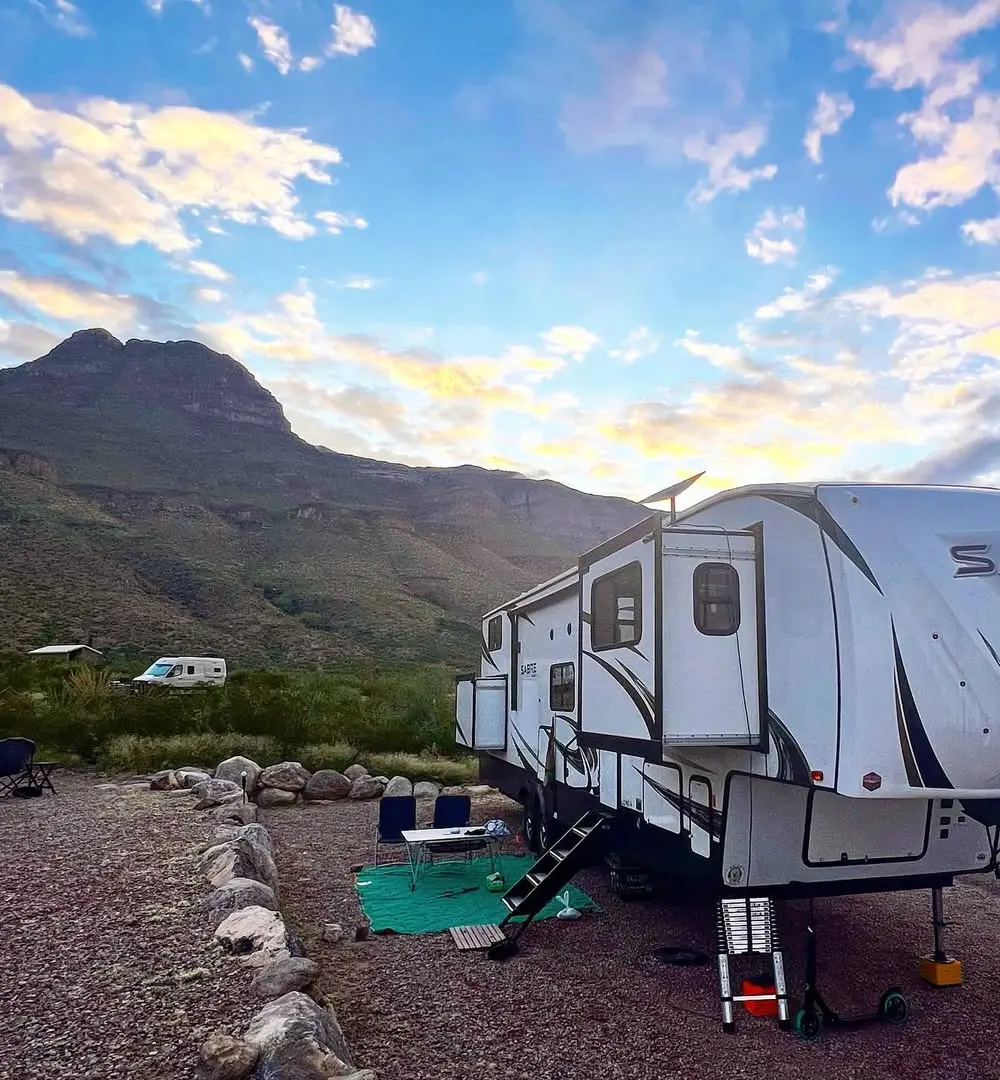
What they don’t tell you in van life videos is how fast the bills pile up. This couple budgeted $1,500 per month for living expenses. They ended up spending over $3,200 monthly.
Their actual monthly costs broke down like this:
Fuel: $640/month:
They expected maybe $300. However, their converted van achieved only 12 miles per gallon, rather than the 16 they had calculated. Also, they drove way more than planned. Every grocery run, every search for cell service, every drive to find a safe place to sleep.
Repairs: $425/month average:
Month 2: $780 for alternator replacement
Month 3: $650 for cooling system leak
Month 4: $380 for tire replacement (hit a pothole looking for cell service)
Month 5: $290 for suspension work
Month 6: $620 for electrical system repair
Their conversion company’s warranty was void after 90 days for anything related to “normal wear and tear.” And evidently, Everything counts as normal wear.
Insurance: $285/month
Their regular car insurance was $120/month. Van life insurance jumped to $285 because of the conversion value and full-time living classification. Some companies flat-out refused to cover them.
Campgrounds and parking: $380/month
They planned to “boondock” for free.
Reality check: you can’t always find free spots. Bad weather forces you into paid campgrounds. Cities require RV parks. Walmart parking lots get old fast, and many now ban overnight parking.
Storage unit: $140/month
The van couldn’t fit everything they owned. They kept telling themselves they’d get rid of the storage unit “next month.” Six months later, still paying for stuff they never touched.
Phone and internet: $180/month
They upgraded to unlimited data plans for both phones, bought a WiFi booster, and still had terrible connectivity in half the places they wanted to visit.
Laundry and showers: $95/month
Gym memberships, laundromats, and truck stop showers add up fast. Their van’s tiny water tank meant constant refills.
By month three, they were spending more than their old apartment rent. Their $1,800/month city apartment suddenly seemed cheap compared to $3,200 monthly van life expenses.
The worst part was that these weren’t one-time costs. Every month brought new surprises. Van life budget breakdown reality: expect to spend at least double what you think you’ll need.
The Mental Health Reality of Van Life
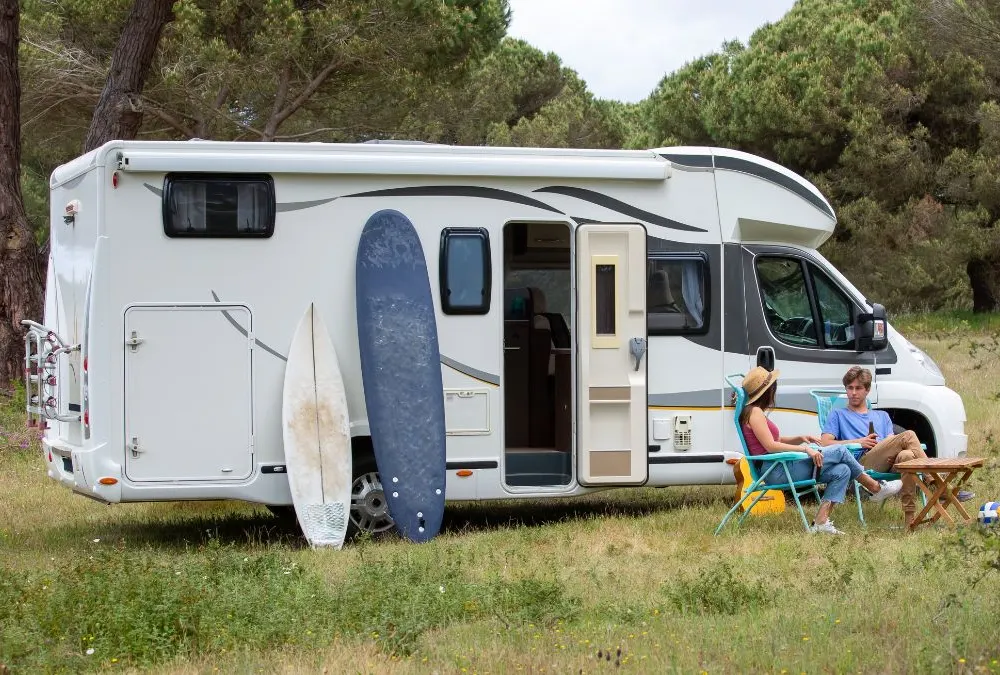
Their first real fight happened three weeks in. They were parked at a Walmart in Utah, trying to figure out where to sleep the next night. He wanted to head south to the warmer weather. She wanted to stick to their original route.
In a normal apartment, one of them would have gone to another room to cool off. In a van, there’s nowhere to go. You’re stuck facing each other in a space smaller than most bathrooms. That fight lasted two days because they couldn’t escape each other.
The relationship strain hit them hard:
- Every decision became a negotiation: where to sleep, what to eat, which direction to drive
- Personal space disappeared completely
- Different temperature preferences meant one person was always uncomfortable
- No privacy for phone calls, work calls, or just thinking
The social isolation crept up slowly:
Week one felt adventurous. Week four felt lonely. By week eight, they’d gone days without talking to anyone but each other. The van life community exists, but it’s scattered. You might meet friendly people at a campground, then never see them again.
Making friends requires effort when you’re constantly moving. Surface-level conversations with strangers get exhausting. They missed their old friends but felt disconnected from their lives.
Decision fatigue became overwhelming:
Every single day brought dozens of choices:
- Where will we sleep tonight?
- Is this area safe?
- Do we have enough water?
- Where’s the nearest dump station?
- Can we get cell service here?
- Should we buy groceries or eat out?
Normal people make these decisions once (where to live) and then relax. Van lifers make them every day, forever. Your brain never gets a break from survival mode.
Weather dependency controlled their lives:
Rain meant they were trapped inside their tiny space. Wind made sleeping impossible. Heat turned the van into an oven. Cold drained their batteries faster and made simple tasks miserable.
They started checking weather forecasts obsessively, planning routes around storms, and feeling anxious about conditions they couldn’t control.
The loss of routine destroyed their productivity:
They had no regular gym, no consistent internet, and constantly changing time zones. They both worked remotely, but their work suffered. Her client’s calls got interrupted by generator noise. He missed deadlines because they had no internet for three days.
They realized routine isn’t boring; it’s the foundation that lets you focus on bigger things.
By month five, they were both seeing signs of depression. Sleep problems, irritability, and lack of motivation. Van life promised freedom, but it felt more like they were trapped in a very expensive, very small prison that moved around.
The van life reality check: your mental health is worth more than any Instagram-worthy lifestyle.
What Social Media Doesn’t Show You
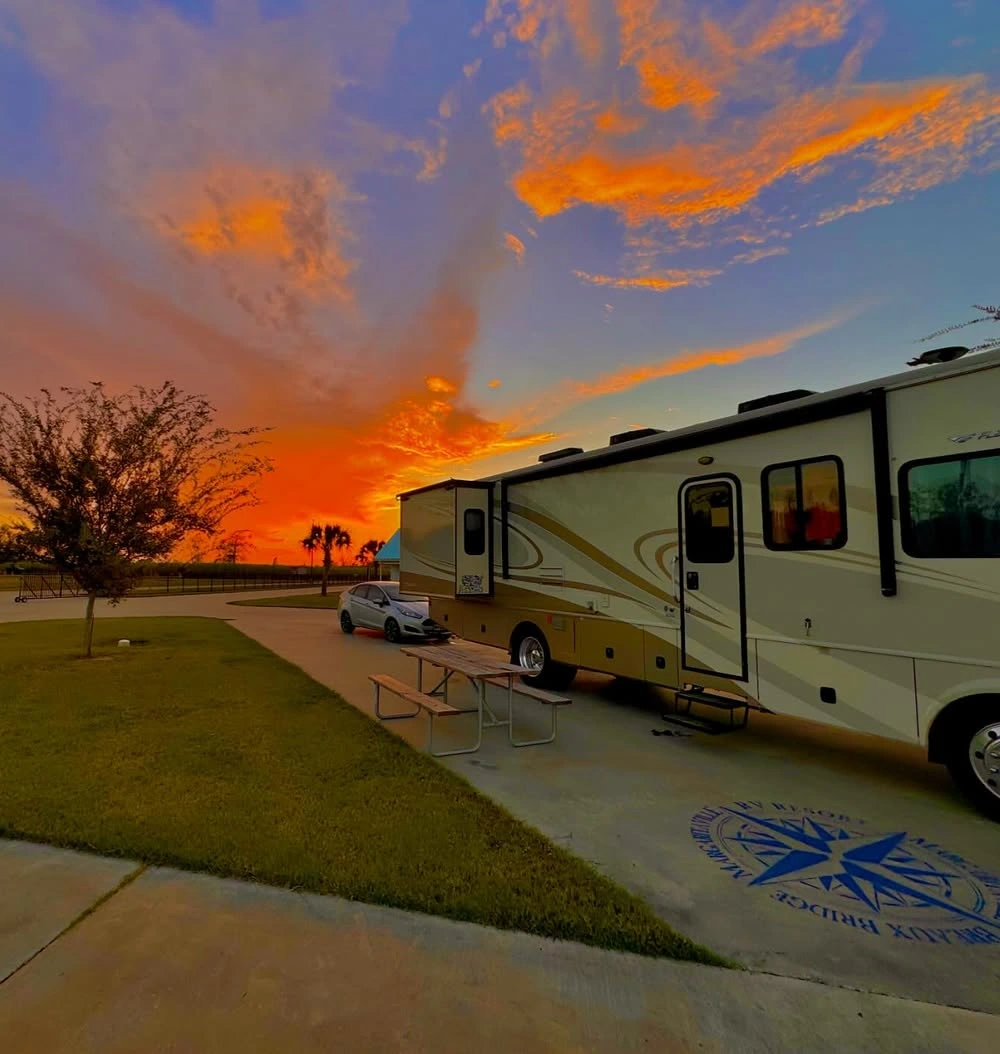
Their Instagram looked amazing. Their reality looked very different.
The photo you see: Sunrise coffee with mountain views
What you don’t see: They woke up at 5:30 AM because the van was freezing, drove 30 minutes to find this spot, then spent an hour setting up the perfect shot while drinking cold coffee
The photo you see: Cozy dinner by the campfire
What you don’t see: They’re at a paid campground because they couldn’t find free camping, the smoke kept blowing in their faces, and they ate burned food because the wind kept messing with their camp stove
The photo you see: Working from paradise with ocean views
What you don’t see: They drove three hours to find cell service, one of them is sitting in an uncomfortable position that’s killing their back, and they can barely see the laptop screen in the bright sun
They spent more time creating content than actually enjoying the places they visited. She would spend two hours editing photos while he researched where to dump their black water tank. Real romantic.
The time breakdown nobody talks about:
- 2-3 hours daily searching for places to sleep
- 1 hour daily dealing with van systems (water, power, waste)
- 45 minutes daily finding and buying groceries
- 30 minutes daily planning routes around van height restrictions
- 20 minutes daily checking tire pressure and fluid levels
That’s 5+ hours of van maintenance before you even start living your life.
Van breakdowns in remote areas aren’t adventurous:
They’re expensive and scary. When their alternator died in rural Nevada, they sat in 105-degree heat for four hours waiting for a tow truck. The nearest mechanic was 60 miles away. The repair bill was $780, and they lost three days of their planned itinerary.
The Instagram post? A sunset shot with the caption “Unexpected detour led us to this hidden gem!”
Bathroom and shower realities hit differently:
Their van had a tiny wet bath. Using it meant getting everything in the bathroom wet. The shower was so small that you had to sit down to wash your hair. After a week, they gave up and started using truck stops and gym showers exclusively.
Finding clean bathrooms became a daily mission. Gas station bathrooms at 2 AM. Sketchy rest stops. McDonald’s with broken locks. Your standards drop fast when you’re desperate.
Internet connectivity killed their remote work dreams:
They bought the best cellular boosters, multiple carriers, and satellite internet backup. Still spent days with no usable connection. She missed two important client calls. He couldn’t submit projects on time.
The van life truth nobody wants to admit: it’s mostly logistics, maintenance, and problem-solving with occasional beautiful moments mixed in. Those moments are real, but they’re maybe 10% of your actual time.
They stopped posting honestly about van life because people didn’t want to hear about the problems. They wanted the dream. So the couple kept feeding the fantasy while living the reality.
When They Knew It Was Time to Sell
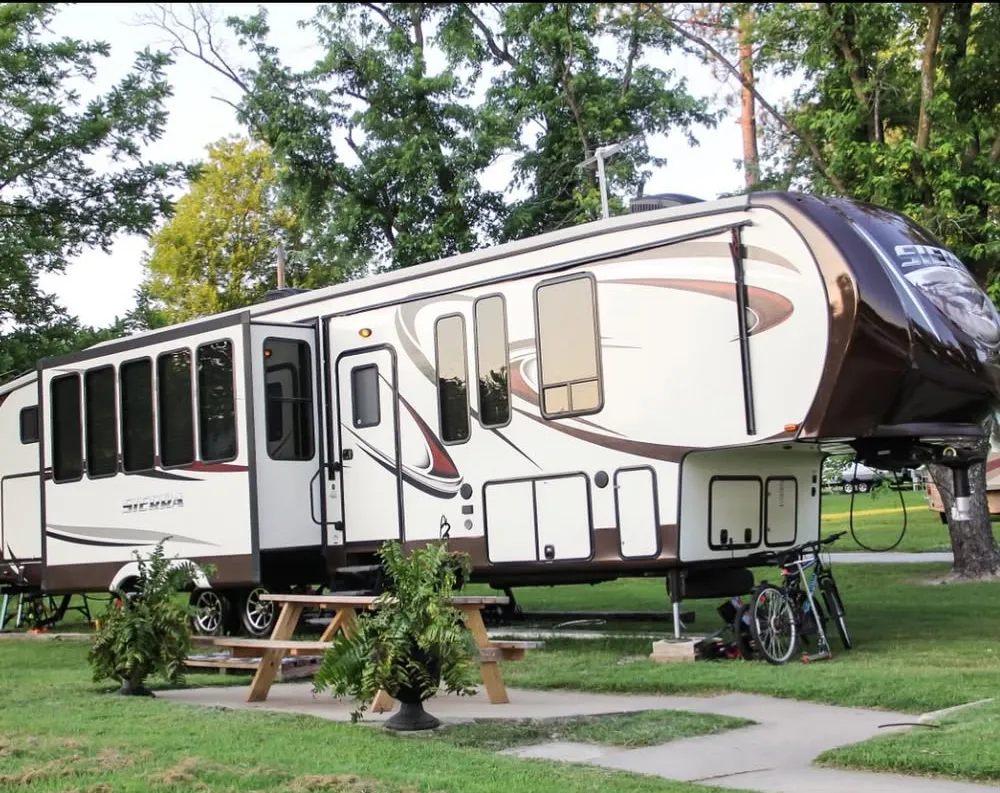
The breaking point came on a Tuesday night in Oregon. They’d been driving for six hours looking for somewhere legal to park for the night. Every Walmart said “no overnight parking.” The truck stops were full. The state parks were closed for the season.
At 11 PM, they pulled into a 24-hour Denny’s parking lot. She was crying. He was furious. They’d spent $80,000 to be homeless with wheels. That’s when it hit them: they weren’t living. They were just surviving, day after day, in an expensive box.
The financial stress was crushing them:
Their savings were disappearing fast. They’d burned through $15,000 in six months beyond the van purchase. Credit cards were maxed out from repair bills. They couldn’t afford to keep going, but they couldn’t afford to stop either. Van life was supposed to save money. But, it was bankrupting them.
They missed basic comforts desperately:
They missed basic stuff like a hot shower without time limits, a real kitchen counter, space to spread out, and friends they could call and see. Even a bed they didn’t have to make into a couch every morning. The things they’d taken for granted became luxuries they dreamed about.
Health and safety concerns scared them:
She needed to see a doctor for a persistent cough, but they were three hours from the nearest clinic. Their insurance didn’t cover out-of-state care easily. What if they had a real emergency in the middle of nowhere?
The van’s propane detector kept going off randomly at 3 AM. Was it malfunctioning, or was there a real leak? They never felt completely safe.
The final straw was a conversation with another van lifer:
They met Tom at a rest stop in Colorado. He’d been living in his van for three years. When they told him about their struggles, he laughed. “Yeah, the first year is hell,” he said. “Most people quit within six months. The ones who make it are usually running from something or have no other choice.”
They realized they weren’t running from anything. They had other choices. Good choices. That night, she looked at him and said what they’d both been thinking: “I want to go home.” They didn’t have a home anymore. They’d given up their lease, sold their furniture, burned their bridges for a lifestyle that was making them miserable.
But they could build a new home. A stationary one. With normal problems like lawn care and mortgage payments, instead of where to dump their sewage. Sometimes the bravest thing is admitting when something isn’t working. Even when you’ve invested everything in making it work.
They listed the van for sale the next morning.
Lessons Learned: What They’d Do Differently
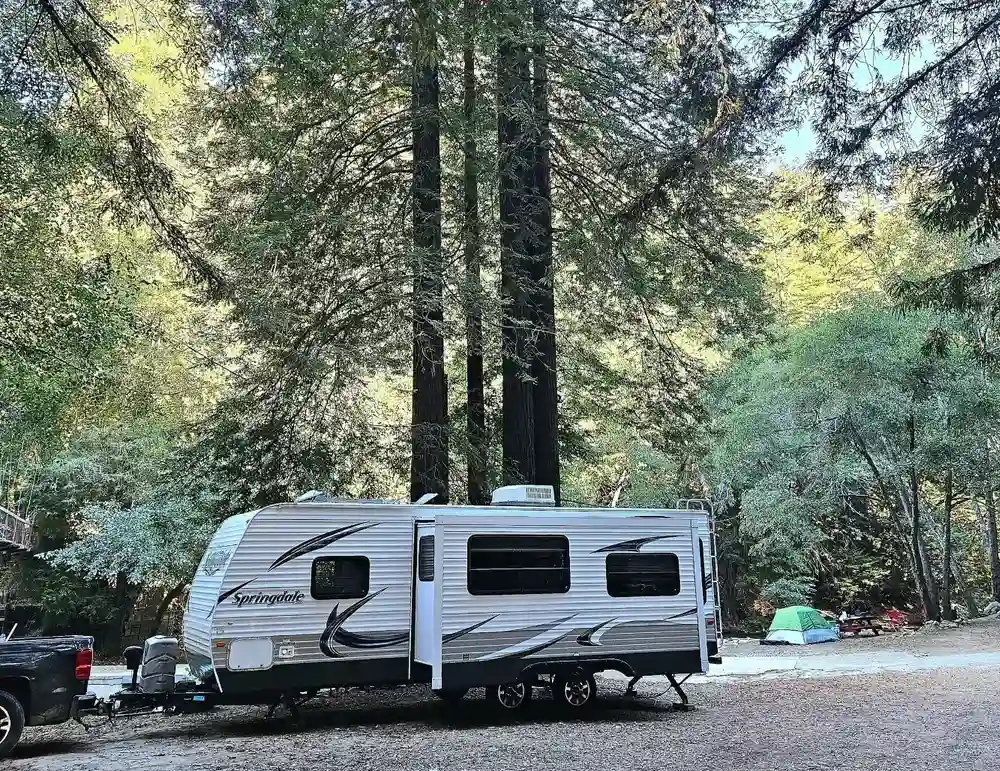
If they could go back and talk to their excited pre-van selves, here’s what they’d say:
Test Before You Invest Big
Rent a van for a month first. Don’t spend $80,000 based on a weekend camping trip. Live in a rental van for 30 days. Deal with the daily realities: finding places to sleep, managing water and waste, working from cramped spaces.
Rental costs around $150/day seem expensive until you compare them to losing $20,000 on a van you end up hating.
Try different seasons and weather. That summer weekend trip doesn’t prepare you for winter van life, rainstorms, or desert heat. Each season brings different challenges.
Start Smaller and Cheaper
Buy a used van under $30,000 for your first attempt. Learn the lifestyle before investing in your dream build. You can always upgrade later if you love it.
DIY conversions teach you the systems. When something breaks, you’ll know how to fix it. Professional conversions leave you helpless and broke when problems arise.
Budget for Reality, Not Dreams
Double your expected costs. Whatever you think van life will cost, multiply by two. Then add 20% more for surprises.
Plan for real van life expenses:
- Fuel: $400-800/month, depending on travel frequency
- Repairs: $300-600/month average
- Insurance: $200-400/month for converted vans
- Campgrounds: $200-500/month (you can’t boondock everywhere)
- Phone/internet: $150-300/month for reliable connectivity
Keep your storage unit and apartment lease for the first six months. Having an exit plan removes pressure and gives you somewhere to retreat when things go wrong.
Consider Partial Van Life
Weekend warrior approach: Keep your regular life and use the van for adventures. You get the benefits without the survival stress.
Seasonal van life: Spend summers in the van, winters in normal housing. Many successful van lifers follow this pattern.
Geographic base: Pick a home region and explore from there instead of constant cross-country movement.
Focus on Experiences, Not Expensive Builds
A $15,000 conversion can make you just as happy as an $80,000 one. The Instagram photos look the same. Fancy finishes don’t make traffic jams more bearable or breakdowns less stressful.
Spend money on reliability. Good tires, regular maintenance, and emergency funds matter more than marble countertops.
Plan Your Exit Strategy
Keep your professional network active. Don’t burn bridges with employers or clients. Van life might be temporary.
Save money instead of spending it all on van upgrades. The lifestyle might not work for you, and you’ll need funds to restart normal life.
Choose van components that you can resell. Solar systems, fridges, and toilets hold value. Custom-built furniture doesn’t.
The Real Van Life Reality Check
Van life works for some people. Usually, folks who:
- Have very low expenses and simple needs
- Work jobs that truly require constant travel
- Are running from something and have no better options
- Genuinely prefer outdoor living to indoor comfort
- Have mechanical skills and enjoy fixing things
It doesn’t work for most people, especially couples who value comfort, privacy, and stable routines.
There’s no shame in quitting. According to van life forums, over 60% of people try van life for less than a year. The successful long-term van lifers are usually on their second or third van, having learned expensive lessons from their first attempts.
Their expensive van life mistakes taught them that sometimes the best adventure is knowing when to come home.
The Bottom Line
Van life isn’t innately bad. Some people genuinely love it and make it work long-term. But expensive conversions and unrealistic expectations can turn dreams into financial nightmares fast.
This couple lost about $25,000 total on their van life experiment. The van sold for $55,000 after six months; a $25,000 hit from devaluation alone. Add their $15,000 in living expenses and repairs, and their dream cost them $40,000 for six months of stress.
That money could have funded two years of amazing vacations while keeping their normal life intact.
The van life reality check: Most people quit within a year. The lifestyle looks better on Instagram than it feels in real life. And starting with an expensive setup makes failure more costly. If van life calls to you, great. But test it first with rentals. Start cheap. Keep your backup plans. And remember that there’s no shame in deciding it’s not for you.
Your van life budget should include money to restart normal life when the adventure ends. Before you buy that dream van, try renting one for a month. Your bank account will thank you.
